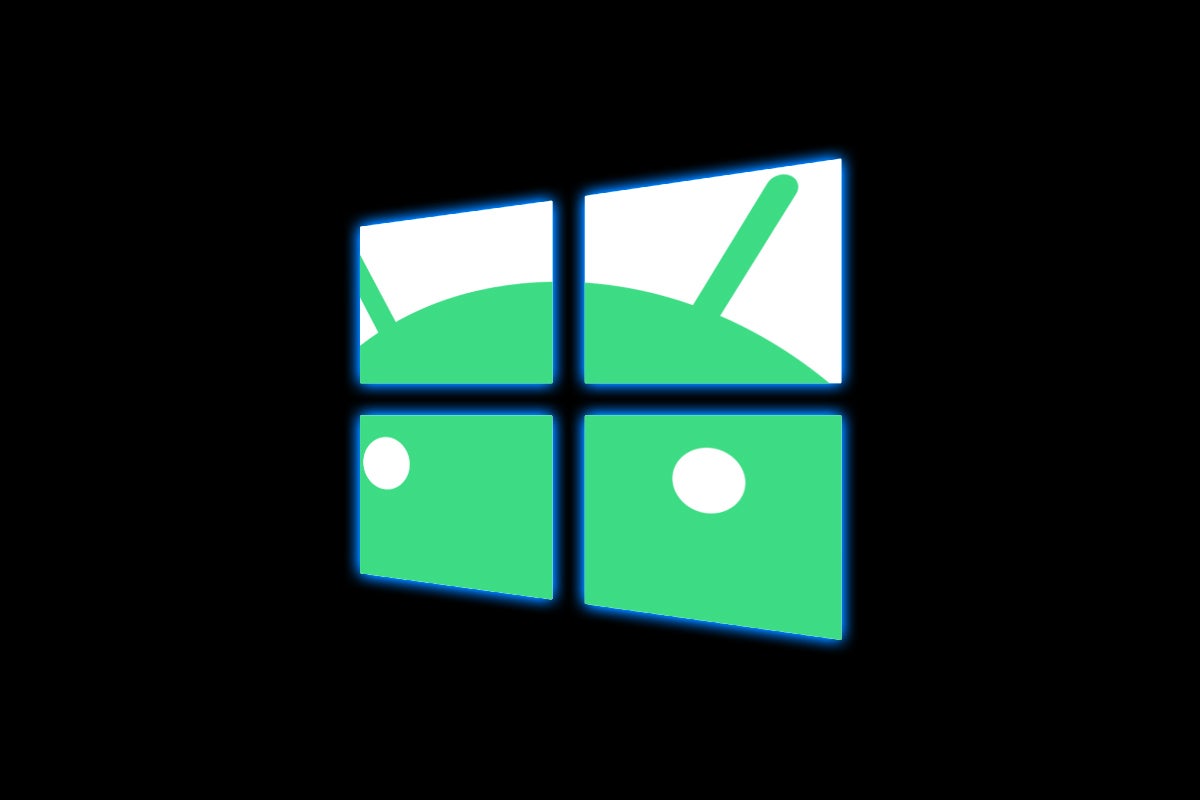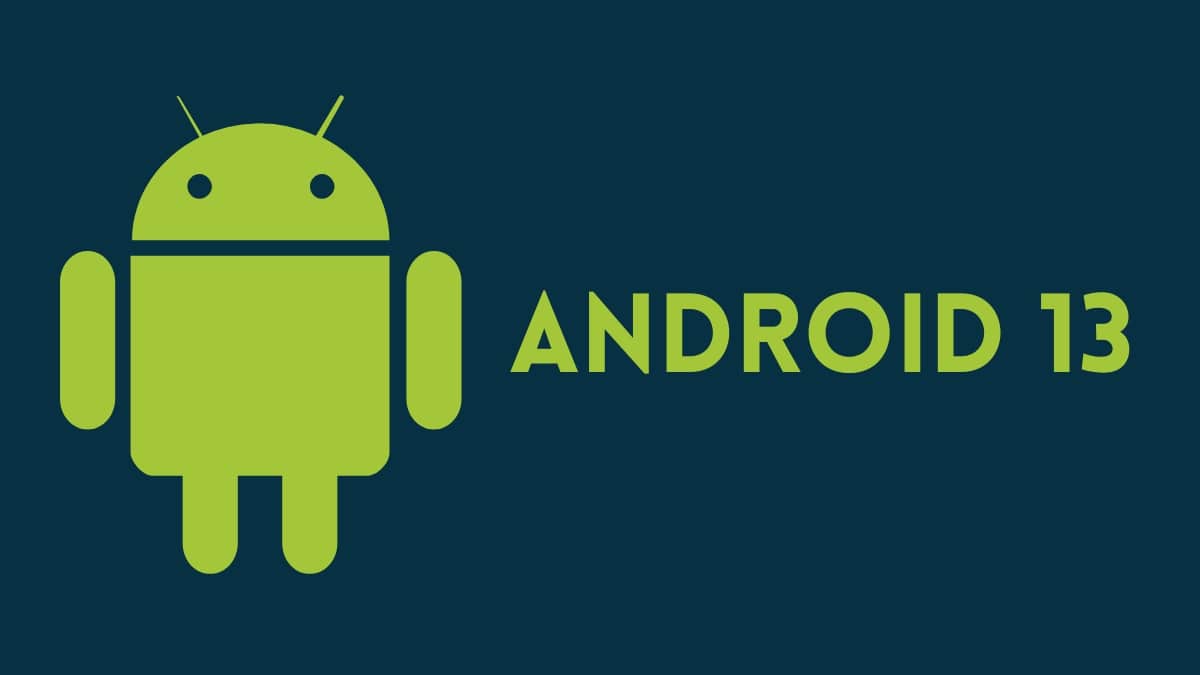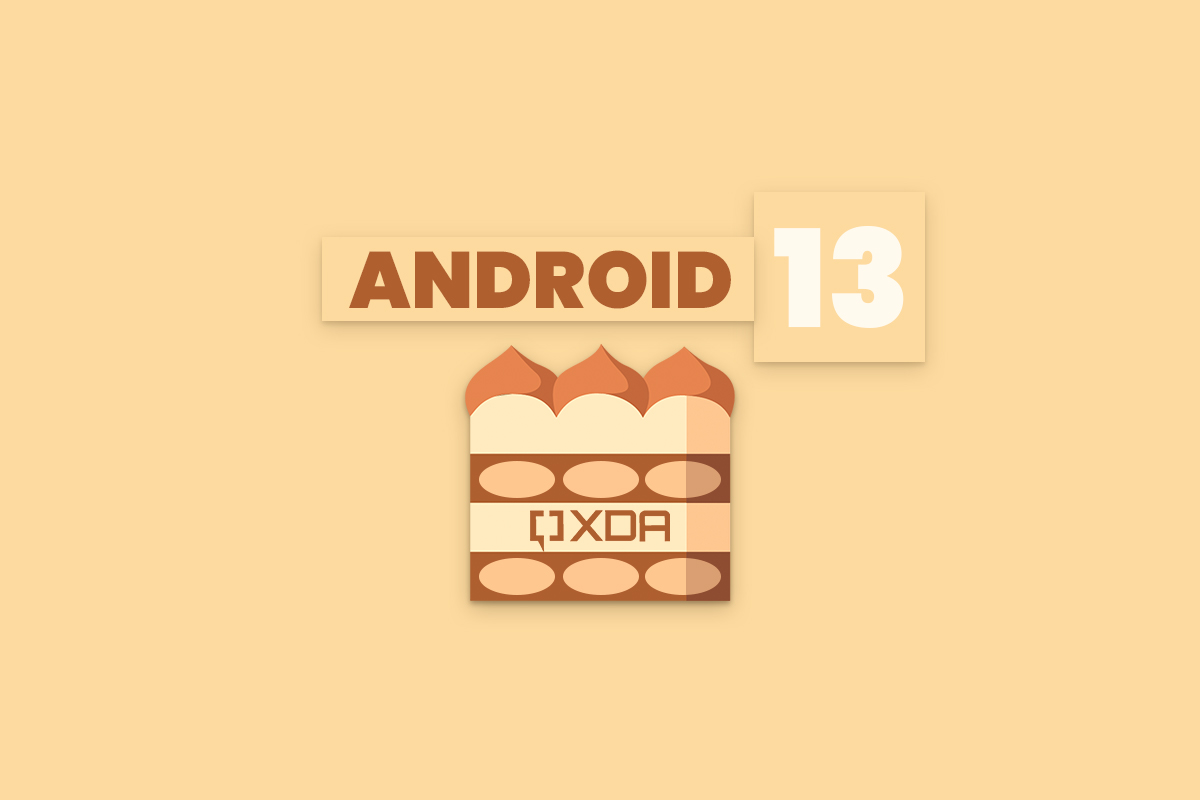
As Android 13 crawls towards the beta testing phase, details about its feature set grow stronger. A new report claims that the updated operating system for smartphones and tablets will pack improvements in gaming performance and some form of audio improvement that resembles Apple’s Spatial Audio technology. Android 13 could also give developers the option to hide app previews from the Recents page.
Starting off with the most exciting rumor — improved performance, veteran leaker Mishaal Rahman claims that the latest Developer Preview build of Android 13 contains a new method (a coding construct) in its GameManager API. The “setGameState” method will allow games to tell Android if they are loading content. In turn, the operating system would dynamically allocate additional CPU resources to slash loading times and potentially make smartphone gaming a snappier experience.
The Esper report claims Android 13 could bring full support for Spatial Audio with dynamic head tracking to Android. Presently, limited support is available on Android 12L. For the uninitiated, Spatial Audio transforms the virtual two-dimensional sound stage into a three-dimensional one. So, you would have an enhanced perception of directions from which sounds are coming.
Combining Spatial Audio with dynamic head tracking means that the sound will continue to emanate from a fixed direction in the virtual sound stage. For instance, if the audio seems like it is coming from in front of you when you’re looking at a screen, looking to your left-hand side would amplify audio in the right channel and subdue it in the left so the sound’s virtual position doesn’t change, enhancing the perception of realism. The system uses accelerometers and gyroscope sensors in the headphones to determine which way you are looking.
Android 13’s Audio HAL v7.1 reportedly adds new APIs for controlling audio. These APIs control the latency of the audio stream. The function is critical to ensure there is no perceivable audio delay when using Spatial Audio with dynamic head tracking.
The third interesting improvement reportedly brewing in the Android 13 Developer Preview is the ability to disable app previews on the multitasking screen. Android skins such as Xiaomi’s MIUI offer options to blur app previews but cannot disable them entirely. Esper’s report says developers will now need to use the SECURE_FLAG to display screenshots in the multitasking menus. However, Android 13 also introduces a new API that allows capturing screenshots but lets app developers disable previews.
This feature could be particularly useful for applications that display sensitive information, such as banking apps and web browsers.
Note that the above-mentioned features are currently in various stages of development and it remains to be seen if they will make their way from the Developer Preview stage to the public beta builds of Android 13.
Which Android 13 feature are you most excited about? Tell us in the comments section below.
[Via Esper]


















